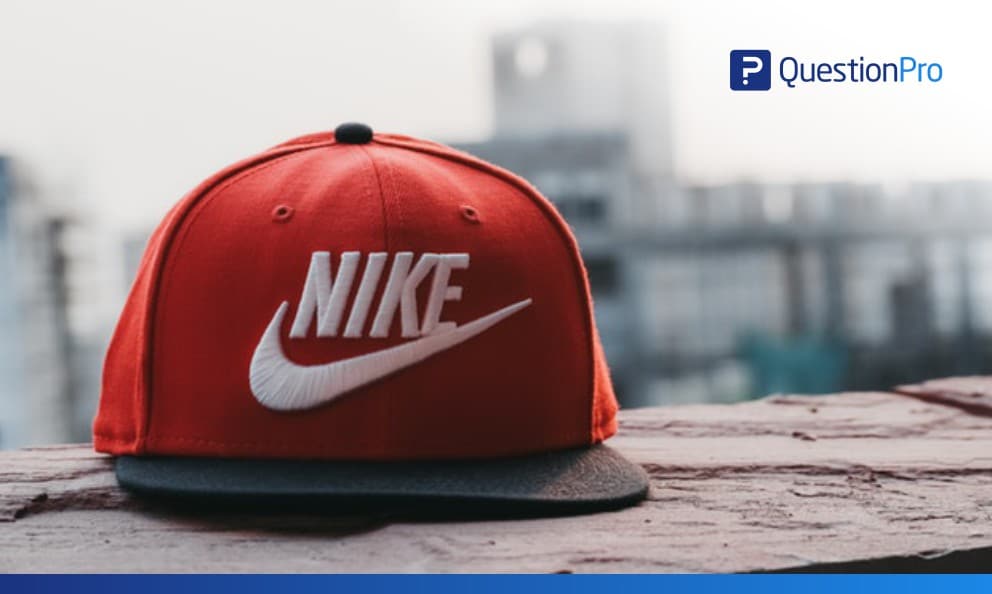 Reading Time: 2 minutes read
Reading Time: 2 minutes readCan a survey start a revolution? According to the women working for Nike, the answer is yes. Angry with the heavy bro-culture, largely ignored harassment experiences, and limited opportunities in management and executive positions, the women of Nike banded together to create a survey and collect data on its toxic work environment. The survey results were given to both Nike’s board members and to outside media sources. The data presented prompted immediate internal investigations, changes to human resource procedures, and ultimately, removal of over ten male executives.
Although this was an informal survey, the impact is still sending ripples that resulted in mass changes throughout the company. Why? Because these employees perfectly executed the fundamentals of survey design and structure which includes:
1. Defining the main goal of the survey
The goal of the survey was to collect qualitative and quantitative data order to force the organization to institute change and improve the quality of work-life for women in the workplace.
2. Planning how to apply the survey data
Acting swiftly, the informal employee survey was shared across many employees and highlighted significant differences between male and female treatment in the workplace. The anonymous survey highlighted areas of human resource and management failures, as well as specific scenarios and experiences that validated overall workplace discontentment to be used by multiple media outlets.
3. Foreseeing decisions to be made as a result of the survey data
Most survey reports have a conclusion page which includes recommendations or next steps. Although I have not seen the results, I am 100% sure the report included a list of demands and notification of who else has access to these results, which triggered the internal investigation and firings of the executives.
As Nike’s #MeToo movement continues to unfold before our eyes, it is important to remember the great power that surveys can offer in the workplace. Anecdotal experiences are validated through surveys. It uncovers answers and evokes important discussions that impact every employee. It also gives decision makers a baseline of objective and unbiased information to make critical business decisions that will impact their brand and organization from the inside out.





















